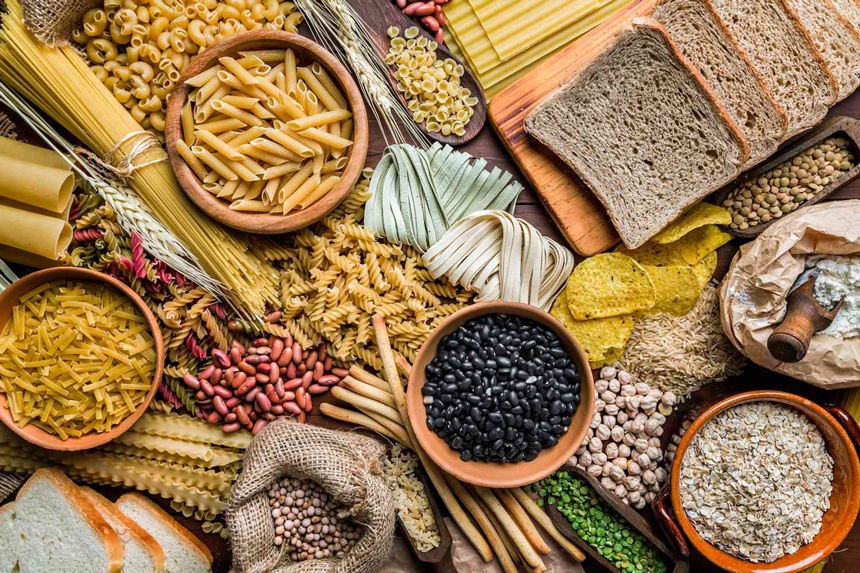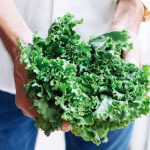Bread and Cereals

Bread and cereals, particularly those made from refined grains, can be problematic for individuals with diverticulitis. While they are a staple in many diets, providing essential carbohydrates for energy, their low fiber content and potential to include high FODMAP ingredients can exacerbate symptoms. For people with diverticulitis, choosing whole-grain options lower in FODMAPs and higher in fiber can help maintain digestive health without triggering symptoms.
The introduction of whole grains should be gradual to assess tolerance and minimize potential discomfort. This approach allows individuals to enjoy the benefits of whole grains, such as improved heart health and sustained energy levels, without negatively impacting their diverticulitis.
Managing diverticulitis through dietary choices involves carefully balancing nutritional needs and avoiding foods that may trigger symptoms. The ten foods listed above are commonly recognized for potentially exacerbating diverticulitis symptoms, yet many also offer significant health benefits. Individuals with diverticulitis must work closely with healthcare professionals to tailor their diets to their unique sensitivities and nutritional requirements. Personal observation and gradual dietary adjustments can help identify what works best for each individual, potentially reducing the frequency and severity of diverticulitis flare-ups. Remember, the goal is to nourish the body while minimizing discomfort, paving the way for a healthier, more comfortable life with diverticulitis. [5]





